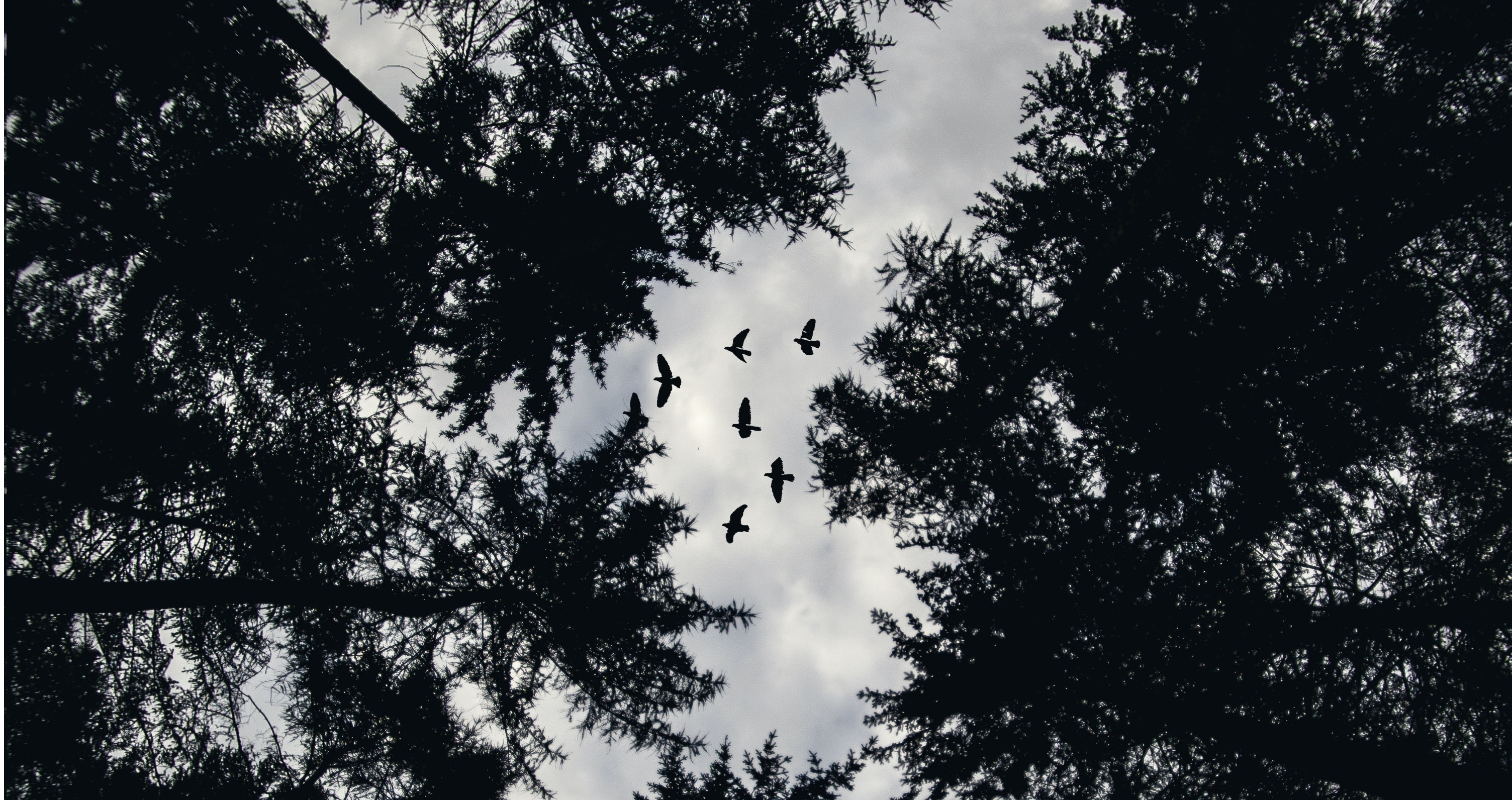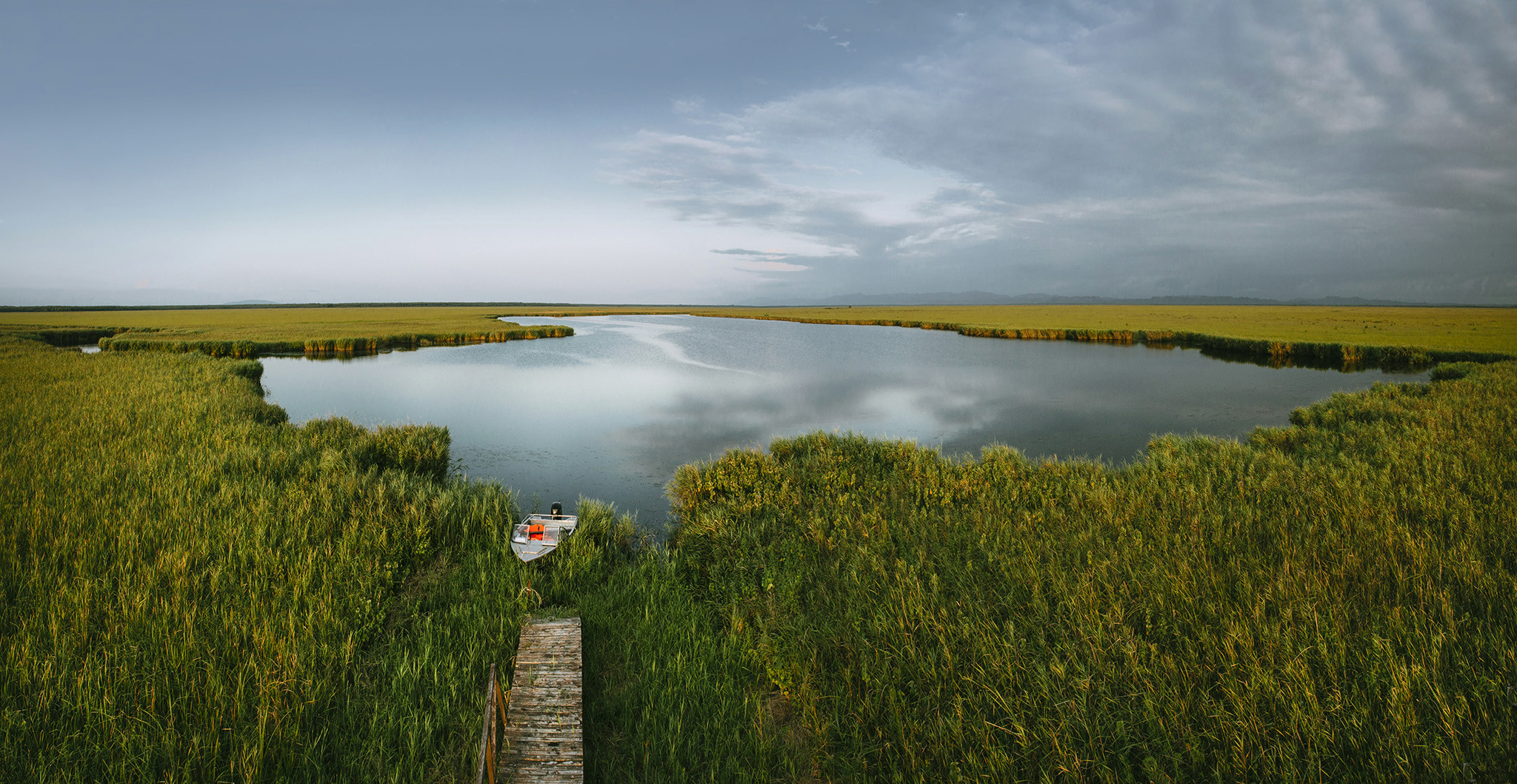BLACK SEA ARENA
BLACK SEA ARENA
May 8 - World Migratory Bird Day
Birds can be found everywhere: in cities and villages, in parks and yards, in forests and mountains, in swamps and on shores. They connect all these habitats to each other and at the same time remind us of our connection to the planet, the environment, wildlife and each other. With their seasonal movements, migratory birds also make us think of natural cycles. About 1,800 of the world’s 11,000 bird species migrate, some of them covering enormous distances in the process.

World Migratory Bird Day, celebrated since 2006, emphasizes the importance of maintaining or restoring the ecological connection and integrity of the various elements of the ecosystem. This day is celebrated annually on the second Saturday in May and also in October.
Migratory birds begin regular seasonal movements between nesting areas and wintering grounds. Accommodation places can be located both near and far. According to ornithologists, the average flight speed for small birds is 30 km/h, and for large birds - 80 km/h. Often the flight takes place in several stages, with rest and food stops. The smaller the birds, the shorter the distance they cover. Small birds can fly continuously for 70-90 hours, covering a distance of up to 4,000 kilometers.

Lake Paliastomi is one of the main stopping and wintering places for migratory birds in Georgia. So if you are on the Black Sea coast in the first half of May, you should visit Lake Paliastomi, observe native and migratory birds and endangered plants. Remember - migratory birds need caring.



